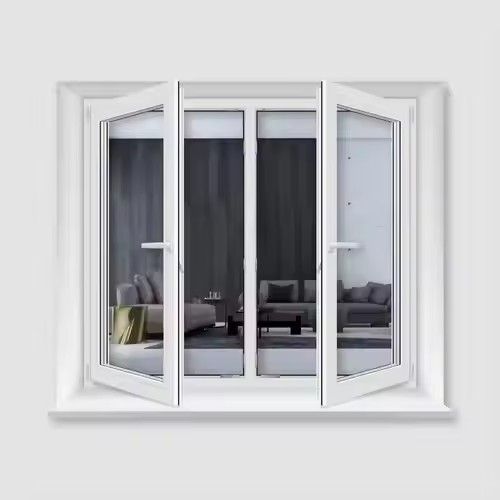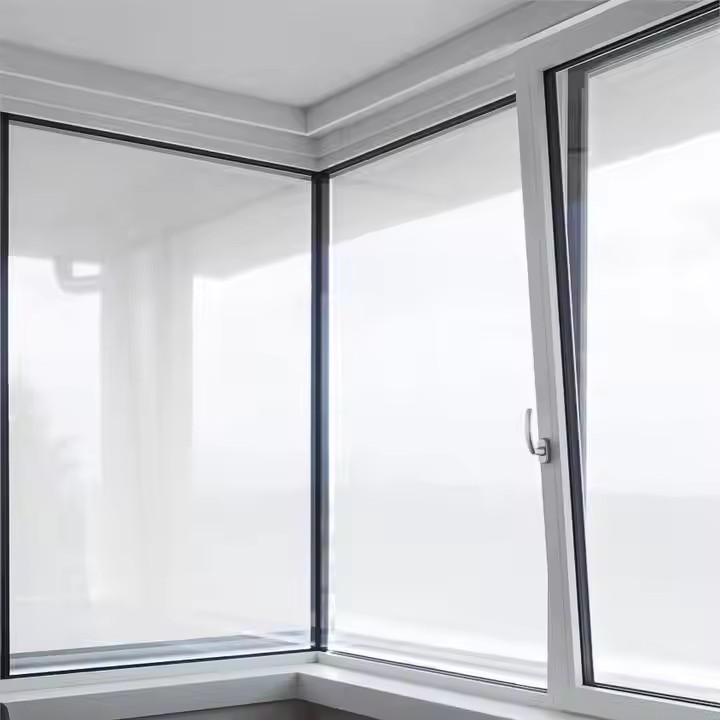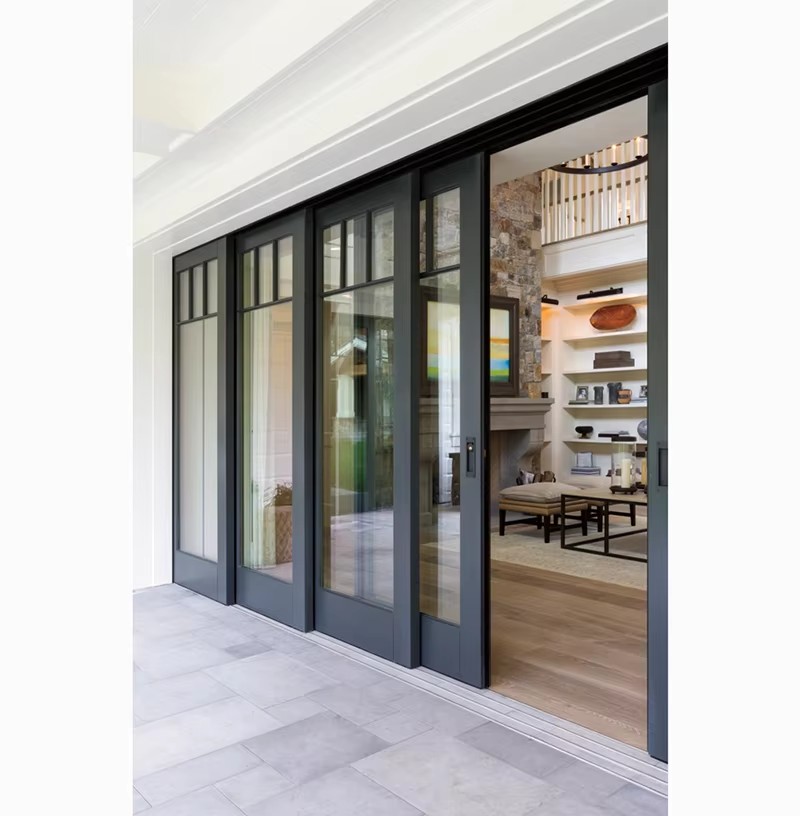- Conduct In-Depth Market Research
The global market is vast, with varying demands for folding doors in different regions. In developed areas like Europe and North America, consumers place great emphasis on product quality, design, and environmental performance. For instance, in Europe, due to strict building energy efficiency standards, folding doors with excellent insulation and noise reduction features are highly favored as residents aim to lower energy consumption. In North America, there is a preference for minimalist modern designs, with high flexibility in sizing to accommodate diverse house layouts.
In Southeast Asia, where the climate is hot and humid, moisture resistance and corrosion resistance are more important. Because of relatively low property prices in these regions, cost-effective mid- to low-end products are more popular. Enterprises should utilize industry reports and data from international research institutions to understand the market size, growth trends, and specific demands in each region. Only by deeply understanding the global market, carefully observing and actively exploring, can businesses accurately identify high-growth potential markets and strategically invest in advertising and product launches.
Overseas consumers are highly diverse, with distinct needs across different segments. By age, younger consumers are drawn to trendy, smart products—such as folding doors with automatic sensors and remote control features—satisfying their pursuit of a tech-savvy lifestyle. Older consumers prioritize safety, stability, and ease of use. For commercial users like hotels or office buildings, in addition to aesthetics, they care most about product durability and ease of installation and maintenance, aiming to reduce long-term operational costs. Companies can gather first-hand insights through online research, social media analysis, or direct interactions with customers at international trade shows, helping them better understand different consumer preferences.

- Develop High-Quality Products Tailored to Overseas Markets
Incorporate cultural elements and local trends into product design. For example, in the Middle East, folding doors with Islamic geometric patterns align well with regional architectural styles, boosting product appeal. In Nordic countries, clean lines and soft, natural colors match the local minimalist lifestyle. Functionality optimization is also critical: for earthquake-prone areas like Japan and New Zealand, focus on seismic-resistant designs; for dusty regions like the Middle East and North Africa, ensure excellent sealing to keep out sand.
Product quality is the foundation of market competitiveness. Companies must strictly control raw material sourcing, using high-grade materials to ensure quality from the start. Improving manufacturing processes, introducing advanced equipment and technologies, and establishing a robust quality control system will ensure every folding door meets high standards. Continuously enhancing product quality helps build a reputable brand image and gain customer trust and loyalty.
- Develop a Strategic Pricing Model
When setting prices, comprehensively assess all production costs—including materials, labor, manufacturing, shipping, tariffs, overseas warehousing, and platform fees—before adding a reasonable profit margin. Pricing must ensure cost coverage and profitability.
You can also use a cost-plus pricing model: add a markup to the variable costs (like materials and labor) along with allocated fixed costs. This is ideal for short-term pricing decisions, allowing flexibility to adapt to market changes.
Investigate the prevailing market prices for similar folding doors, particularly those of major competitors. If a comparable competitor product is priced at $100, consider pricing your product between $95 and $105 to stay competitive. Study industry pricing strategies to strike a balance between profit and risk, and learn from competitors to avoid common pitfalls.

If your folding doors offer superior quality, functions, or brand reputation, you can price them slightly higher—for instance, up to 20% more if they feature advanced soundproofing materials or folding mechanisms. If the product is slightly inferior in materials or finish, pricing it 10% to 15% lower may be appropriate.
- Expand Diverse Sales Channels
Traditional brick-and-mortar retail still holds unique advantages. Opening branded stores in overseas markets allows consumers to directly experience the product’s quality and features in an immersive environment. Partnering with well-known local home improvement retailers can leverage their broad sales networks, enabling faster market penetration and reaching more potential buyers.
Actively participating in international building material trade fairs is also crucial. These events provide an opportunity to showcase the latest products and technologies to global buyers while facilitating communication with industry peers and experts, helping businesses stay informed about market trends and innovations.

